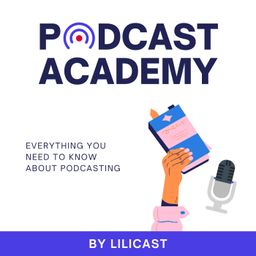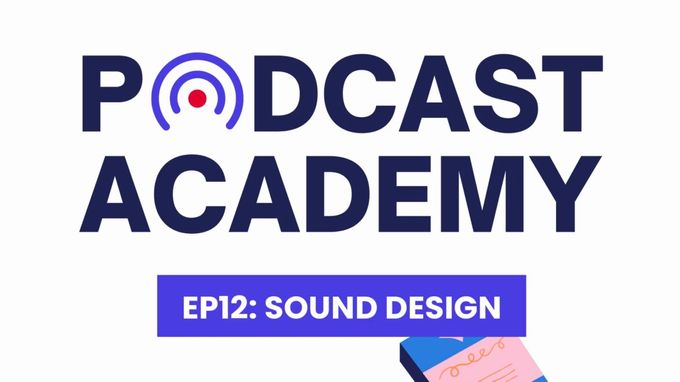
12 - Sound design

Chapters






















Description
(00:00:00) INTRO After a podcast has been recorded, it's time for the sound design. Sound design is like an outfit that you put on your podcast to make it look nice and give it a personality. Our clothes and our style reflect who we are. Sometimes they even carry a strong message that we want to convey. The soundtrack of a podcast can also support and defend the message that our podcast wants to convey. We, therefore, have to choose carefully. Sound design is more than just music. It starts with the introduction of your podcast. You can speak to introduce your podcast and then add your credits... or you can do the other way round: credits first, speak later. The credits allow your podcast to be immediately recognizable. It's worth a thought. (00:00:48) MUSIC The credits can be musical, but does not have to be. For example, the Circle round podcast which is aimed at children, starts with a speech, while Big life kids podcast mixes the two: voice and music. The podcast why we are all addicts, by Dr. Rangan Chaterjee begins with a speech of Dr. Gabor Mate, before the credits, while the mindset mentor begins with music. Everything is possible. (00:01:14) SOUND BITES Once you've got into the swing of things, you can punctuate your episode with sound bites. It immediately energizes a speech. It's a short transition, just a few notes. It's like a small logo, but with sound. It is like turning the page of a book. It kinda creates chapters of your content with punctuations. And it also allows the listener to take a breath and think about what you've just said. It's a micro-pause and this can be necessary during a long episode. (00:01:44) BED Sound design also include background music or a bed. It can accompany the speech but be careful, we're talking about podcasts here, so it's the voice that takes precedence. The background music is there to support your voice, and there's no point in putting on a dramatic music when you're saying something sad, it would make it sound more dramatic, and that can quickly become heavy. We should never lose sight of the fact that it is the voice that must engage the listener. (00:02:13) SOUND EFFECTS Sound effects can also illustrate what is being said, in a sound context to create an atmosphere. The difficulty is that it should not sound too cheap. Do not use it too much, it has to make sense after all. (00:02:28) OUTRO To close your episode, you can add an outro music. In a film, there are credits at the beginning and at the end. The end credits are often longer than the beginning credits. For more coherence, you can take the music from the intro, use it as a soundtrack and play it for longer. And on that note, you can talk about the next episode, thank your guests, mention films, readings, etc to proceed further. One last remark: you do not have the right to use an Elvis Presley or Rolling Stones song without permission. There are licences and copyrights to respect. Don't worry though: there are plenty of free and paid sound banks on the Internet. So you will be spoilt for choice. Last thing, always good to know: on Lilicast, you have access to sound banks that allow you to easily insert jingles and soundtracks. I reassure you, it's very easy to do: you don't need to be a professional editor to do so. You can get sound effects from the sound banks outside Lilicast and you add them to a card dedicated to that. It all happens during the setup of your project. For both, keywords can be helpful and efficient. Have fun!




